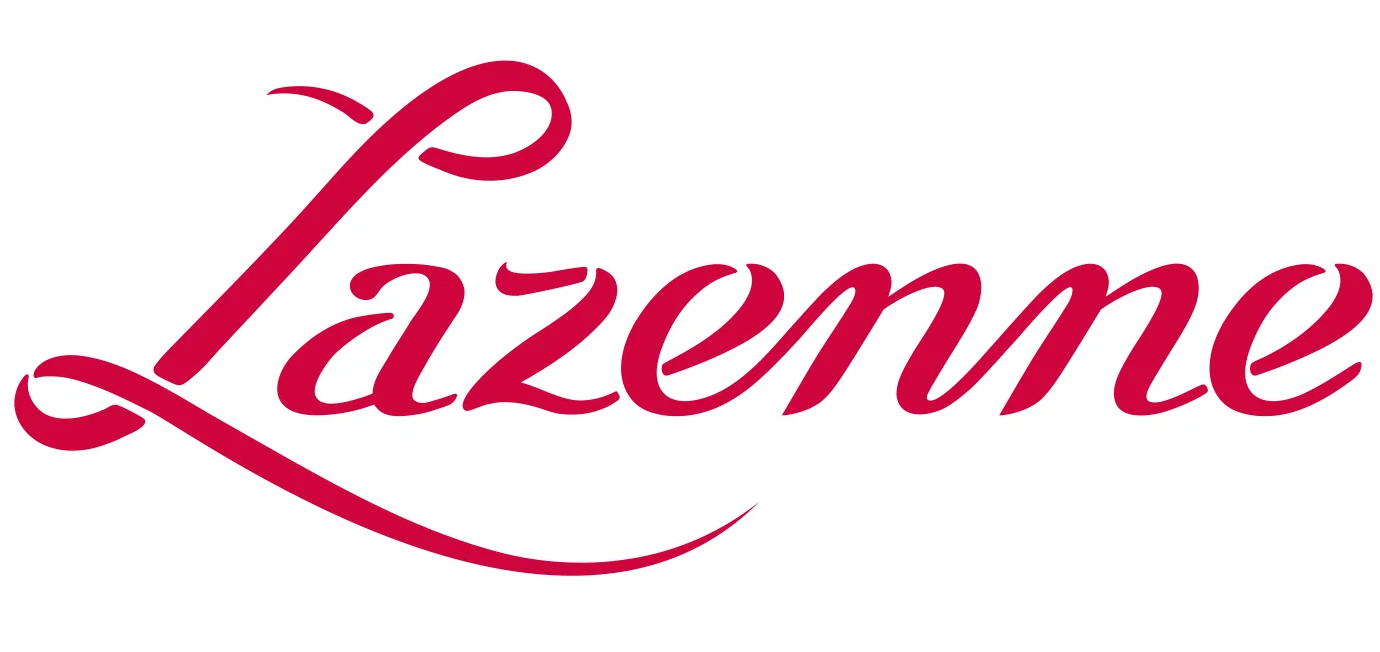A Summer Drinking Guide to Rosé

You may have noticed that the wine world is currently seeing everything through rose coloured glasses these days. Yes, rosé is very much the wine du jour across the globe. But how much do we actually know about it, apart from the fact that it’s a pretty pink drink?
It’s time for further inspection, we here at Lazenne have decided!

What is it?
Pink is the third colour of wine, which, until recently, has not been taken very seriously (and in some critic’s quarter’s there is arguably still work to do). Rosé is made from red grape varieties, although some white grape varieties are used in smaller amounts as well.
From where does it get its colour?
From the grape’s skins, which is why rosé must be made from red wine grapes!
How is it made?
Not by blending red and white wine as you may think!*
As a general rule, you can make rosé like a white wine (known as direct press) and like a red wine (the saignée method).
Direct press does what the name says, carefully pressing the juice from the grapes. As the juice comes into contact with the skins, a light amount of colour is extracted. This process usually takes around 3-4 hours. Once finished, the juice is ready to be sent to fermentation tanks. A few hours, all that’s needed to give rose that delightful pink colour we all find hard to resist!
Saignée method, on the other hand, involves treating the grapes as if you were intending to make red wine from them. The juice is not separated from the grapes; instead left in contact with the skins (techy term: maceration) to extract colour and tannin. Winemakers may choose to 'bleed off' some of the juice after 12-24 hours to make rosé, and leave the rest of the wine macerating for a few more weeks to also make a red wine from it.
*There is one notable exception, however. Rosé Champagne may be a blend of red and white base wine.
Where is it made?
Around the world, although the spiritual home is undoubtedly Provence in Southern France.
Is there just one shade of rosé?
There are more than 50 shades of rosé, which is what makes it so wonderful. The colour can range from so light it's almost white wine to deep, dark, ruby rosé. Why? It depends on the grape varieties used and the length of maceration.

What grape varieties are used to make rosé?
In Provence, Grenache, Cinsault, Syrah and Mourvèdre form the magic ingredients whilst in Bordeaux, Cabernet Sauvignon is unsurprisingly king. The Californians have mastered (?) the sweeter and more confusingly named White Zinfandel. The Spanish make their rosé from Tempranillo.
What does it taste like?
Rosé can cover an array of styles, from bone dry and crisp to medium dry with some residual sugar. As a general rule, rosé is characterised by refreshing acidity and a light to medium body with no tannins. Flavours can range from red fruits to floral hints to citrus, especially grapefruit. It is a wine best drunk young whilst the fresh fruity flavours are at their best.
What can I drink it with?
Rosé is a perfect match to hot summer afternoons on the Mediterranean coast. If that’s not possible, a dry, Provence-style rosé works a treat with seafood, goat’s cheese and any sort of grilled vegetables whilst the sweeter styles can be matched to spicy foods, salads, or even with sugary desserts.
What producers should I be looking out for?
The days of Mateus rosé having the monopoly of your supermarket shelves are long gone and today some very fine examples can be enjoyed. Winemakers are experimenting in the production room with oak, resulting in some of the finest examples being confused for fine white Burgundy when tasted blind. Leading the rise of the prestige rosé category is Provence’s Château d’Esclans, who can currently claim the world’s most expensive rosé with their cuvée Garrus, priced around the 100€ mark. Much more affordable, and still delicious, is their entry level Whispering Angel.
Photo credits: Robert Brand & Nadia & Massimo
Chrissie McClatchie is an Australian freelance writer and wine specialist who has been living in France since 2008. You can follow her on Twitter @RivieraGrape as she explores the wines of the French Riviera and Italy's Liguria.


Leave a comment
This site is protected by hCaptcha and the hCaptcha Privacy Policy and Terms of Service apply.